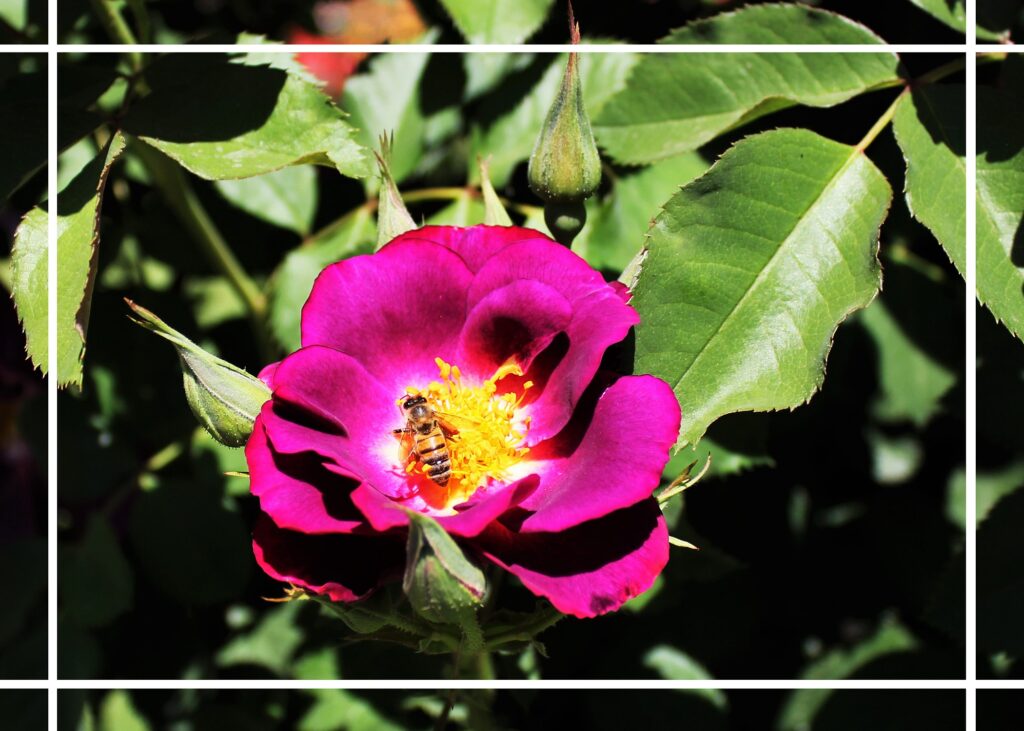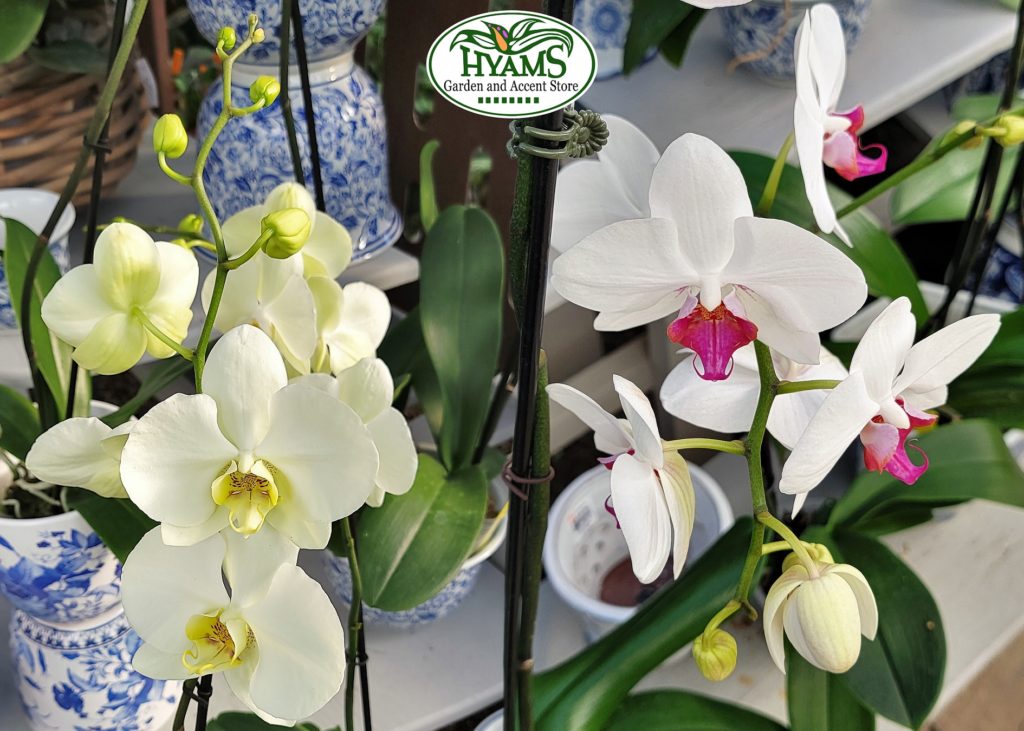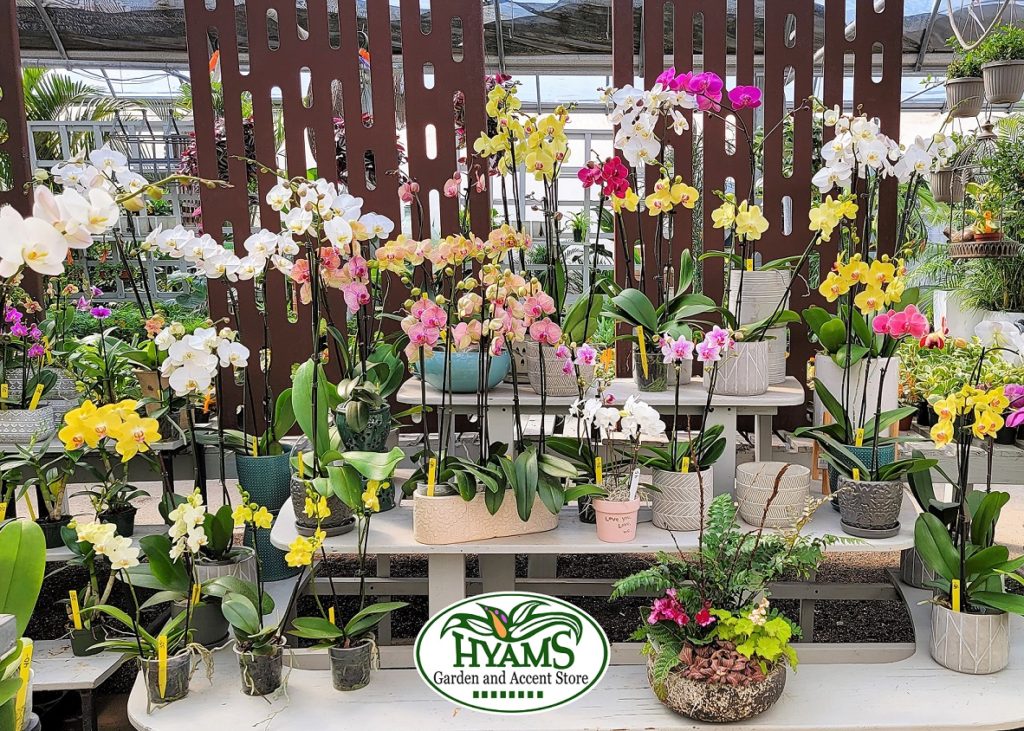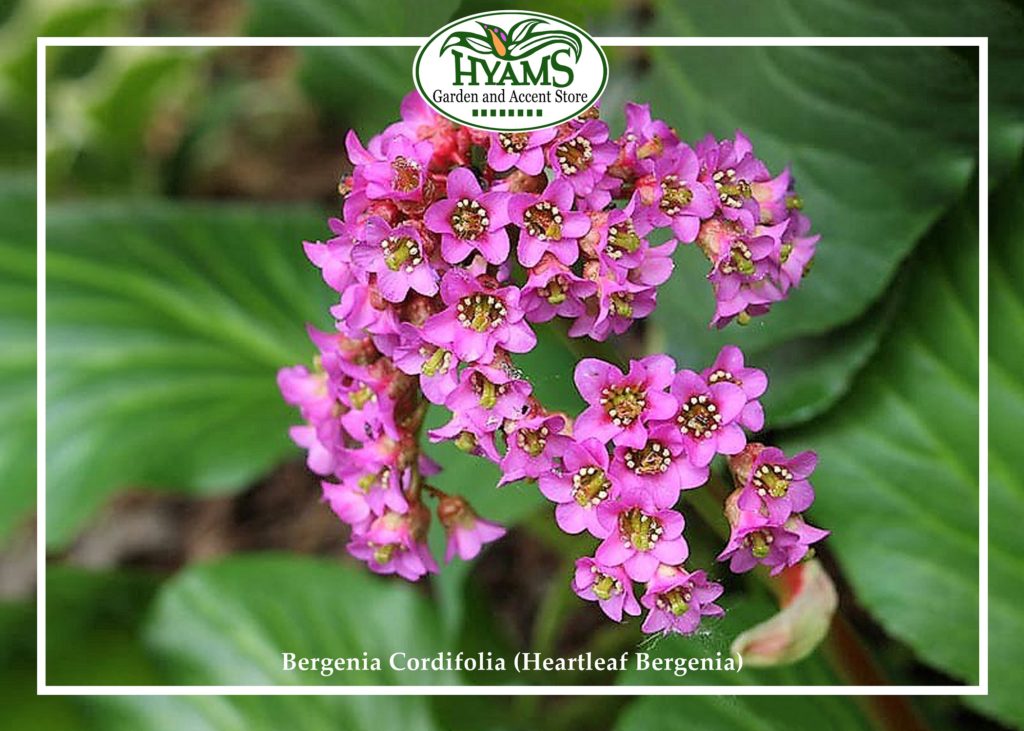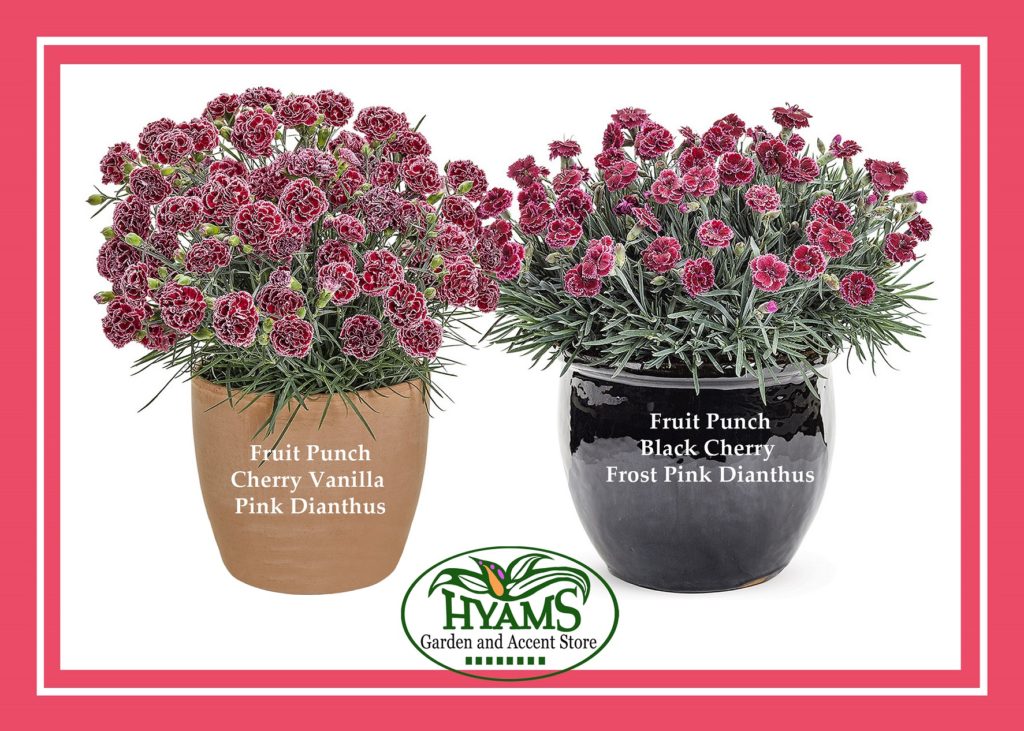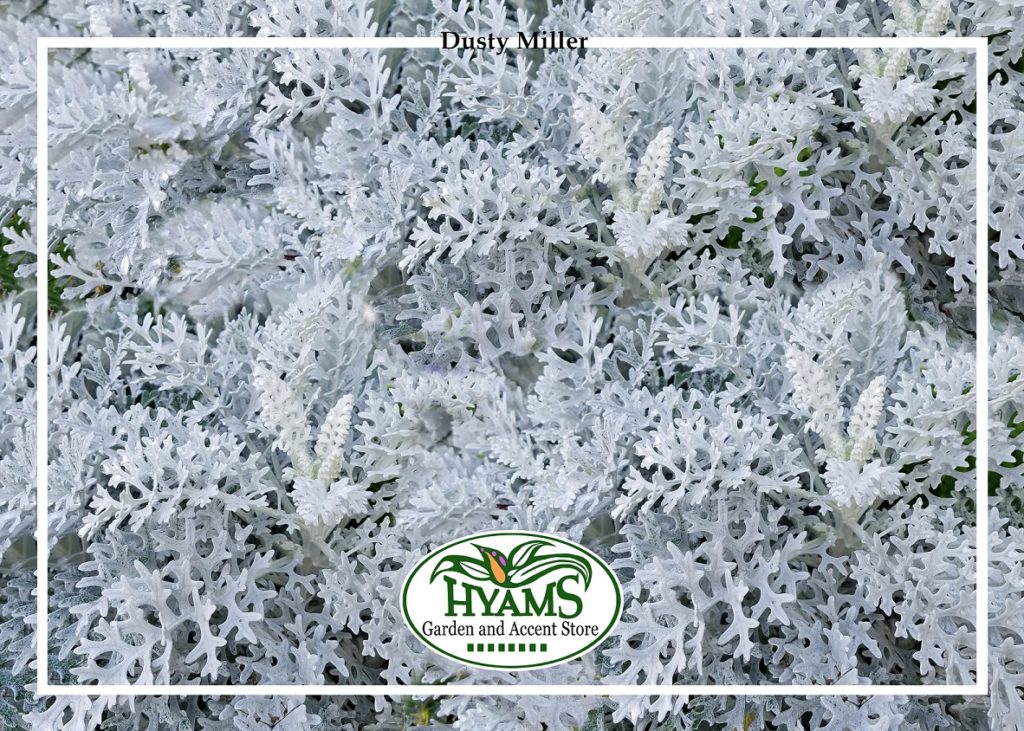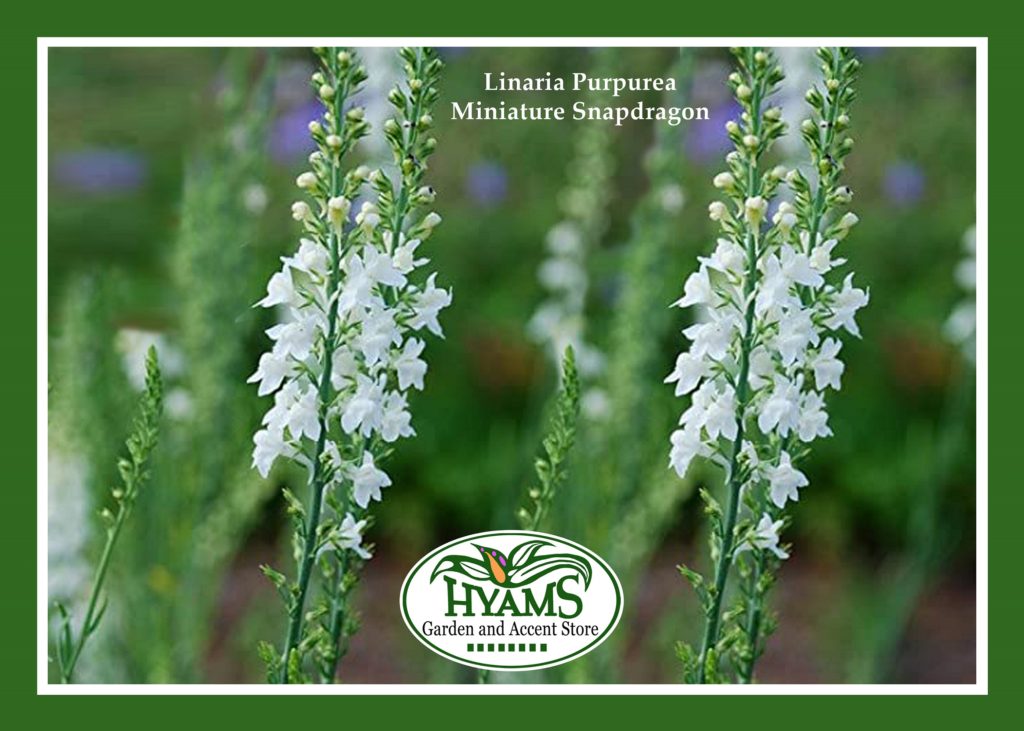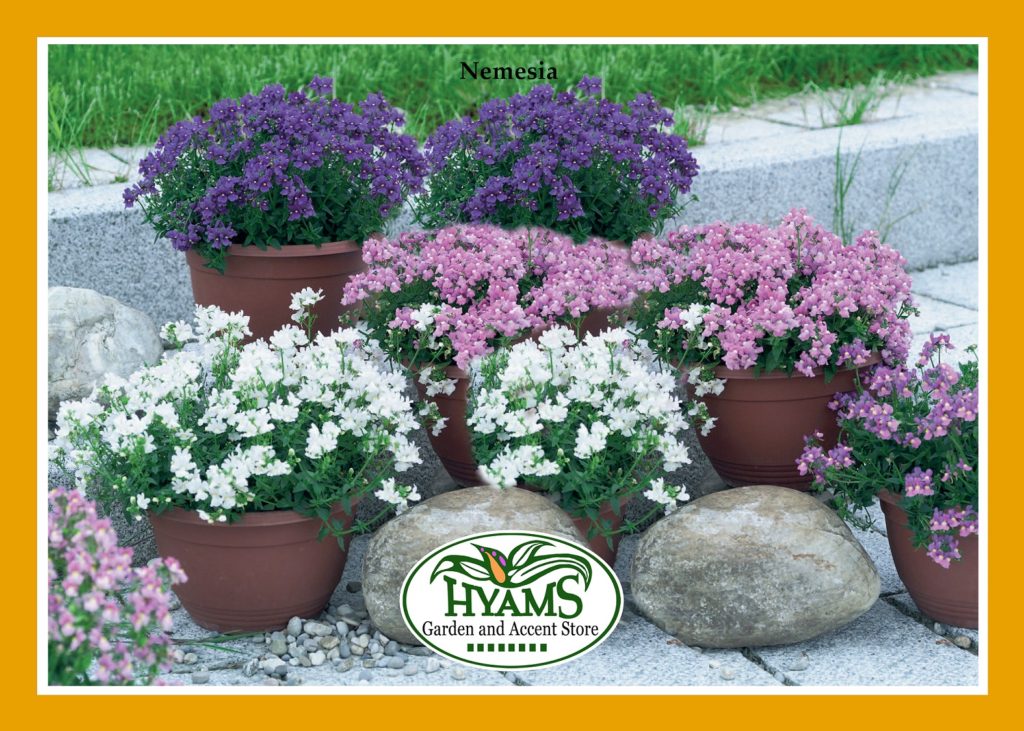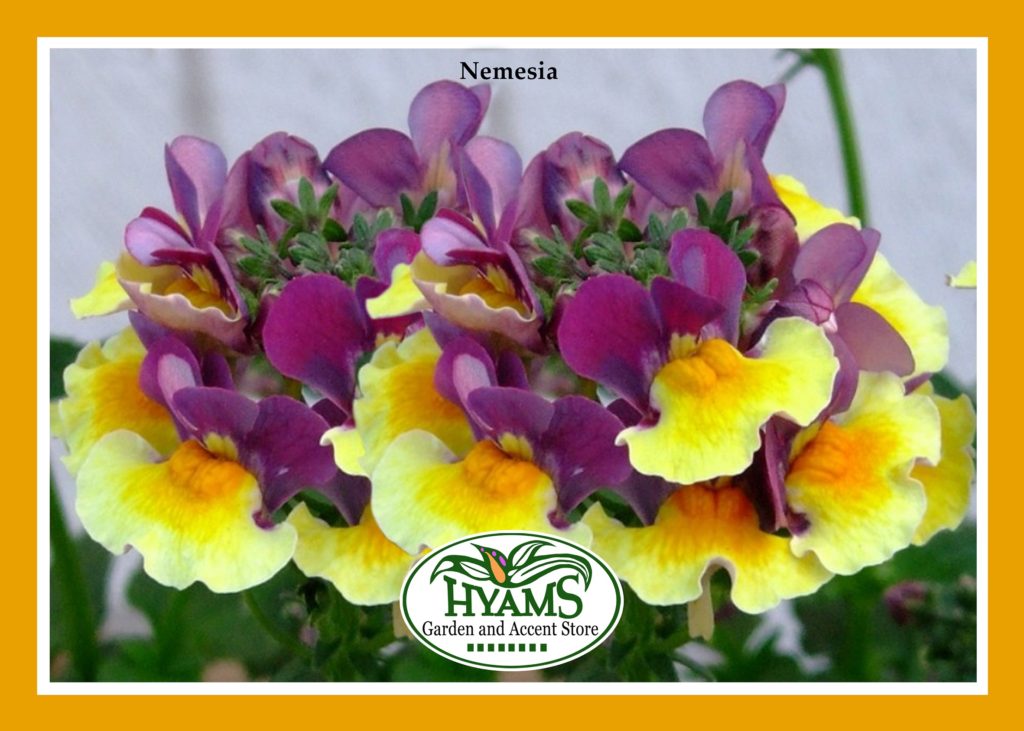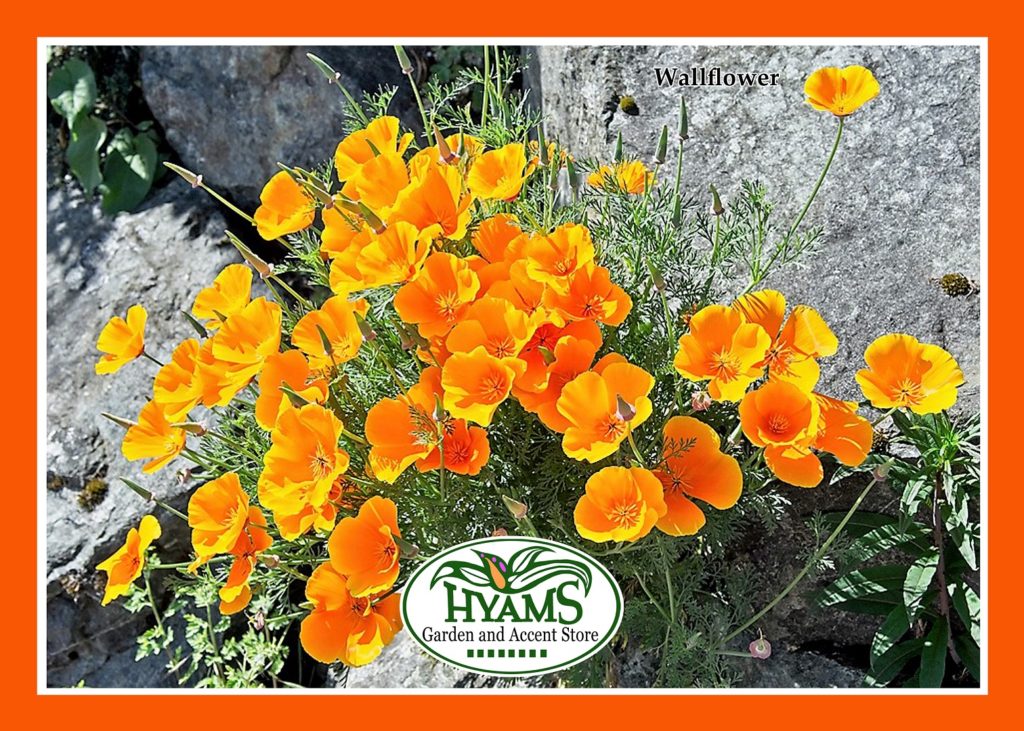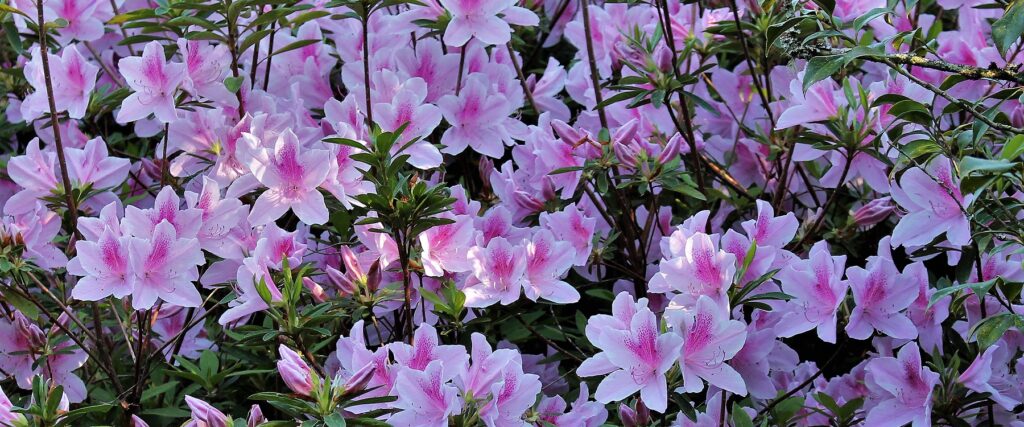Every year, in the month of February, we are given a momentary glimpse of the beauty to come in Spring. Valentine’s Day suddenly surrounds us with bouquets of colorful cut flowers to share with those we love.
For Low Country gardening, Valentine’s Day also signals a good time to share a little tender loving “pruning” care with your rose plants.
It is good to prune while roses are dormant. The months of February and March are usually best. For fertilizing start with ‘rose-tone’ toward the end of February. One can also treat the rose plants with some All Seasons Horticultural Oil Spray to start them off clean from fungus and insects.
For hybrid tea and grandiflora roses, cut back no lower than 18 inches unless they have been damaged by pests or excessively cold weather. Alternating the height of the cuts will give the plant a more natural look.
For floribundas and polyanthas grown as a hedge, shears or hedge clippers can be used to remove one-third to one-half of height. Otherwise, clip back just below where they previously flowered or down to one-third of their length.
Just prior to the growing season, repeat-blooming old garden roses and shrub roses should be pruned. Tip-pruning throughout the growing season will encourage flower-bearing side shoots.
The Roses by Alan L. Strang
I have roses in my garden,
And their fragrance fills the air.
How I love to watch them blooming;
For they all are very fair.
Some have deep red velvet petals,
Some again are snowy white;
And the little baby pink ones,
Surely give you such delight.
Pretty birds come to my garden,
And sing there the live-long day;
Yes the birds and pretty flowers
Help and cheer us on our way.
